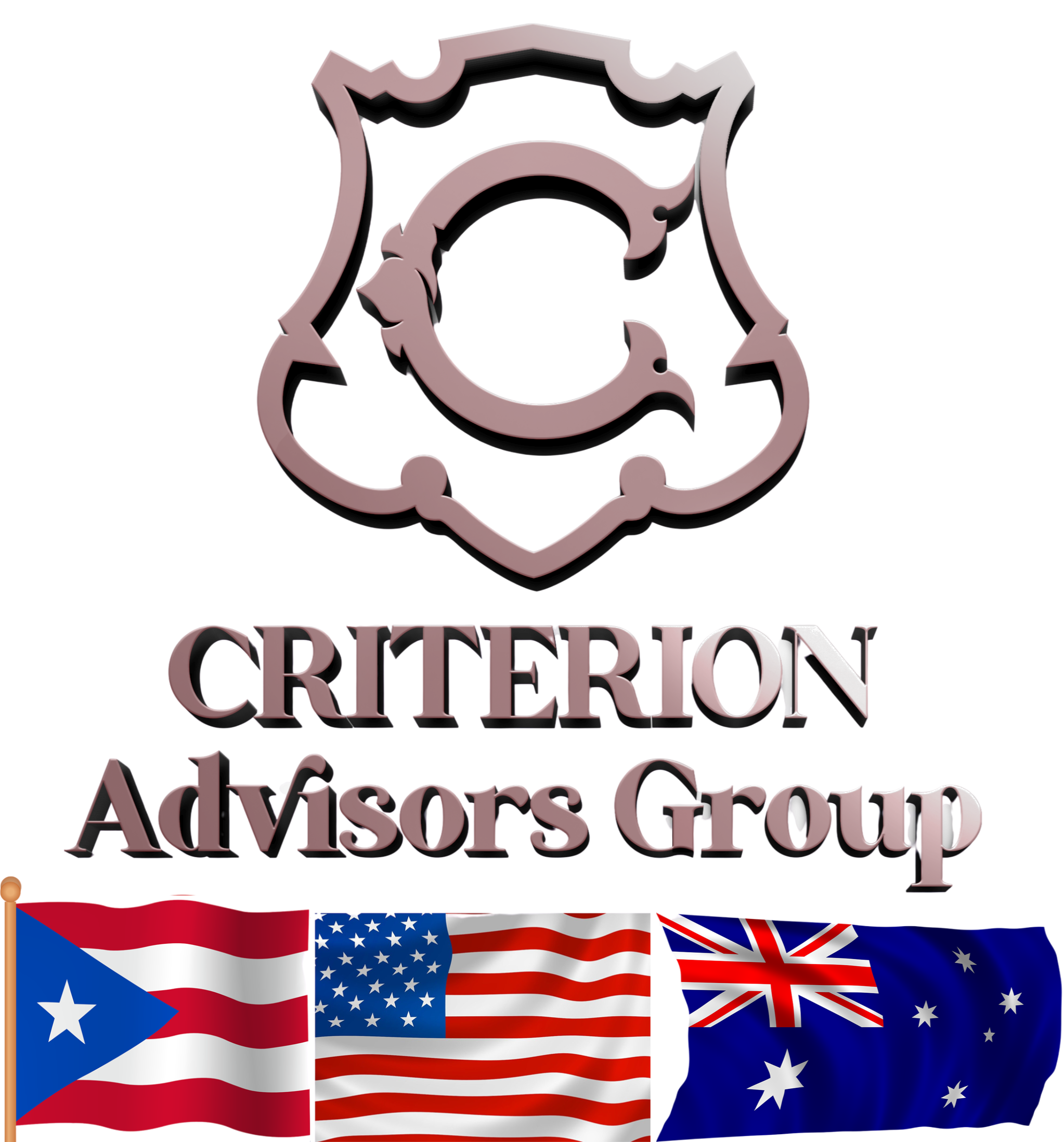Comparing Different CRUTs
Comparisons of Charitable Remainder Unitrust
Withdrawals Work Differently
Withdrawals from Charitable Remainder Unitrusts (CRUTs) vary significantly based on the specific type of CRUT you select. The three primary types are the Standard CRUT, the NIMCRUT, and the Flip CRUT. Each of these options has its own unique mechanisms for determining how and when distributions are made to the beneficiaries. Understanding these differences is crucial for anyone considering a CRUT, as it can impact both the immediate financial benefits and the long-term returns. Therefore, it is essential to evaluate each type carefully to identify which best aligns with your financial goals and charitable intentions.
1. Standard CRUT
A Standard CRUT is designed to provide consistent annual distributions based on the value of the trust’s assets. There are two main types of Standard CRUTs. The first type is the Unitrust, where beneficiaries receive a predetermined percentage of the trust’s assets each year. This percentage remains fixed at the beginning of the trust, but the actual dollar amount distributed can fluctuate annually based on the changing value of the trust’s assets. The second type is the Annuity Trust, which operates similarly to the Unitrust but allows the beneficiary to specify a fixed dollar amount to be received each year instead of a percentage. Importantly, in this case, the annual payout remains unaffected by the fluctuations in the trust’s overall value. Standard CRUTs can be particularly appealing to individuals who are comfortable trading off some potential returns for the benefit of more predictable and stable income distributions.
2. NIMCRUT
The NIMCRUT offers a different approach to distributions compared to the Standard CRUT. Beneficiaries receive a set percentage of the trust’s assets each year, similar to the Standard CRUT, but with the added flexibility to defer distributions to future years. Specifically, NIMCRUTs distribute the lesser amount between the trust’s realized income and the percentage owed to the beneficiary. If the realized income falls short of the expected distribution percentage, the shortfall can be carried over to subsequent years, allowing beneficiaries to have greater control over their annual income by influencing the trust’s realized gains. While NIMCRUTs typically promise higher expected returns, they can only disburse realized gains; thus, they may pose challenges during market downturns. This type of trust is best suited for individuals who are focused on maximizing total returns and are prepared to endure potential fluctuations in their income during years of market decline.
3. Flip CRUTs
Flip CRUTs are unique in their operational structure, transitioning from a NIMCRUT format to that of a Standard CRUT upon the occurrence of a predetermined event. Such events might include the sale of a non-marketable asset or the passage of a specific number of years. These trusts are particularly advantageous for individuals who desire stable, consistent distributions but currently hold non-liquid assets that cannot be easily converted to cash. In a typical Standard CRUT, the requirement to make distributions may force the trust to liquidate or distribute these non-liquid assets prematurely. Flip CRUTs provide a solution for those who wish to delay distributions until a later time, after which they can then benefit from the reliable and predictable payouts characteristic of a Standard CRUT. This structure is particularly appealing for individuals planning for a period of growth before needing to access retirement income.
How Long Can You Set Up a CRUT For?
The duration of a Charitable Remainder Unitrust can vary significantly, offering flexibility to suit different financial goals and life circumstances. You can establish a CRUT for a fixed term ranging from one to twenty years, or it can be set up to last for one life, two lives, or even longer. For instance, a trust could be structured to last for the lifetime of an individual and their partner, or it could continue for the lifetime of a beneficiary plus an additional set number of years, allowing for further distributions to family members. This flexibility makes CRUTs appealing for individuals who want to ensure that their charitable gifts can be balanced with their financial needs over time. Choosing the right term for a CRUT requires careful consideration of both immediate income needs and long-term financial planning.
Advantages of Term vs. Lifetime Trusts
Term trusts may be more approachable for some individuals because of their shorter, more predictable duration when compared to lifetime trusts, which can last for an entire lifetime. Despite the appeal of term trusts, lifetime trusts offer several significant advantages that can enhance their attractiveness. One major benefit is the potential for a higher return on investment. CRUTs allow for tax deferral, enabling investments to grow without immediate tax implications. Generally, the longer the trust remains active, the more substantial the potential gains from a CRUT can be. Moreover, lifetime trusts provide greater flexibility regarding investments; while a term CRUT limits the investment horizon to the duration of the trust, a lifetime trust permits investments in illiquid assets that may take longer to appreciate, such as alternative asset classes that might not yield returns for ten years or more. This flexibility can be a critical factor for those seeking to maximize their investment strategies over an extended timeframe.
